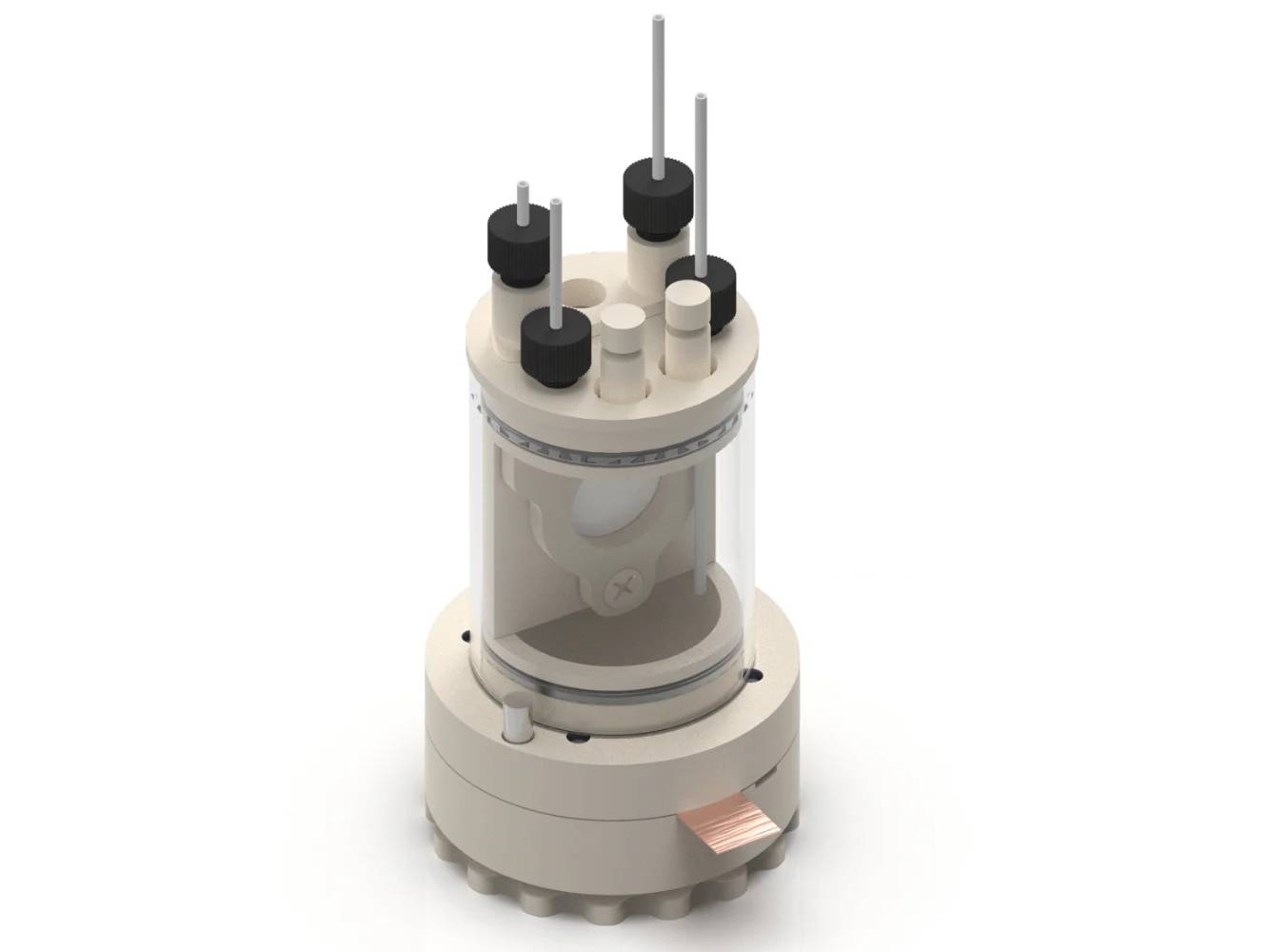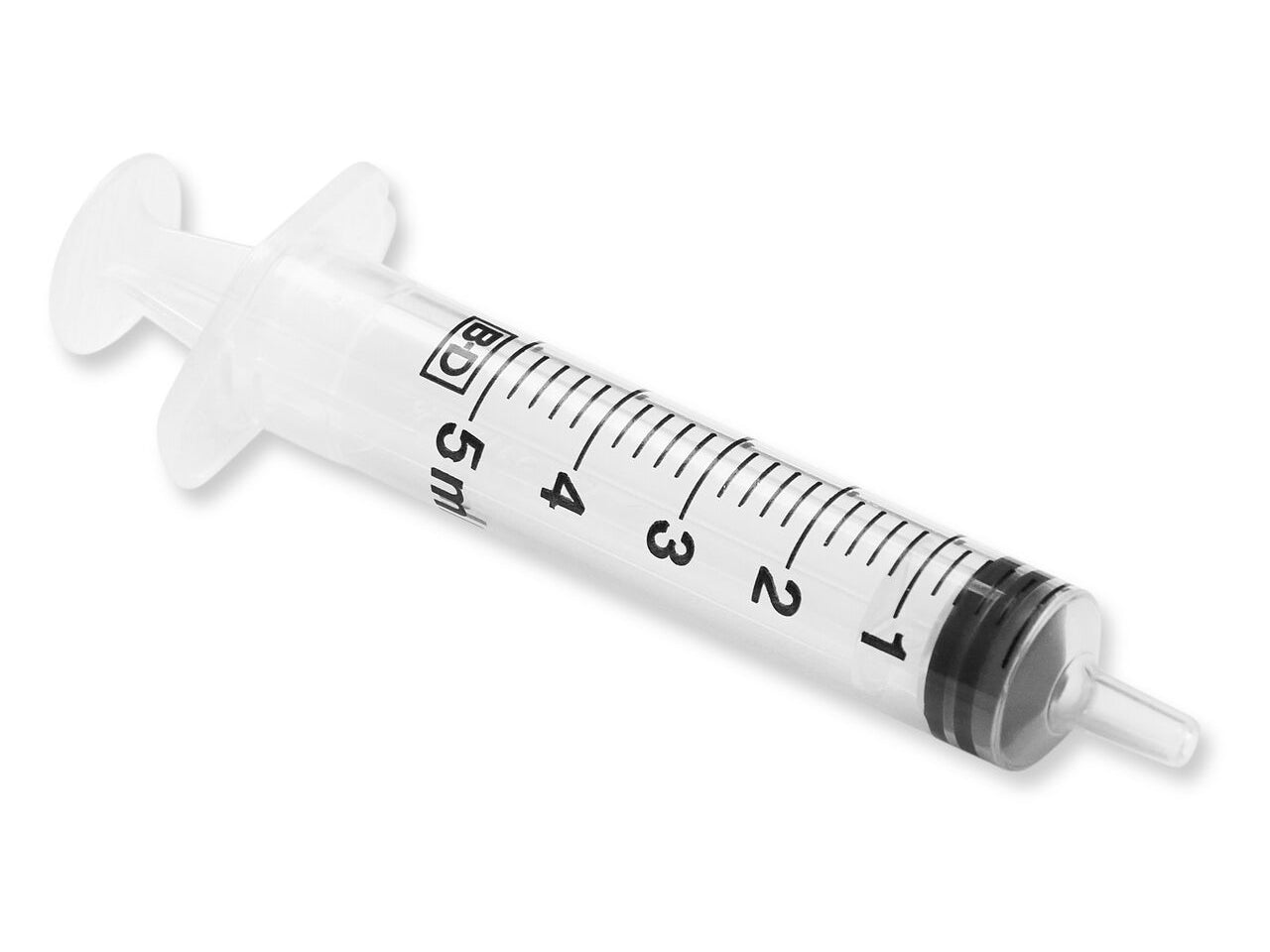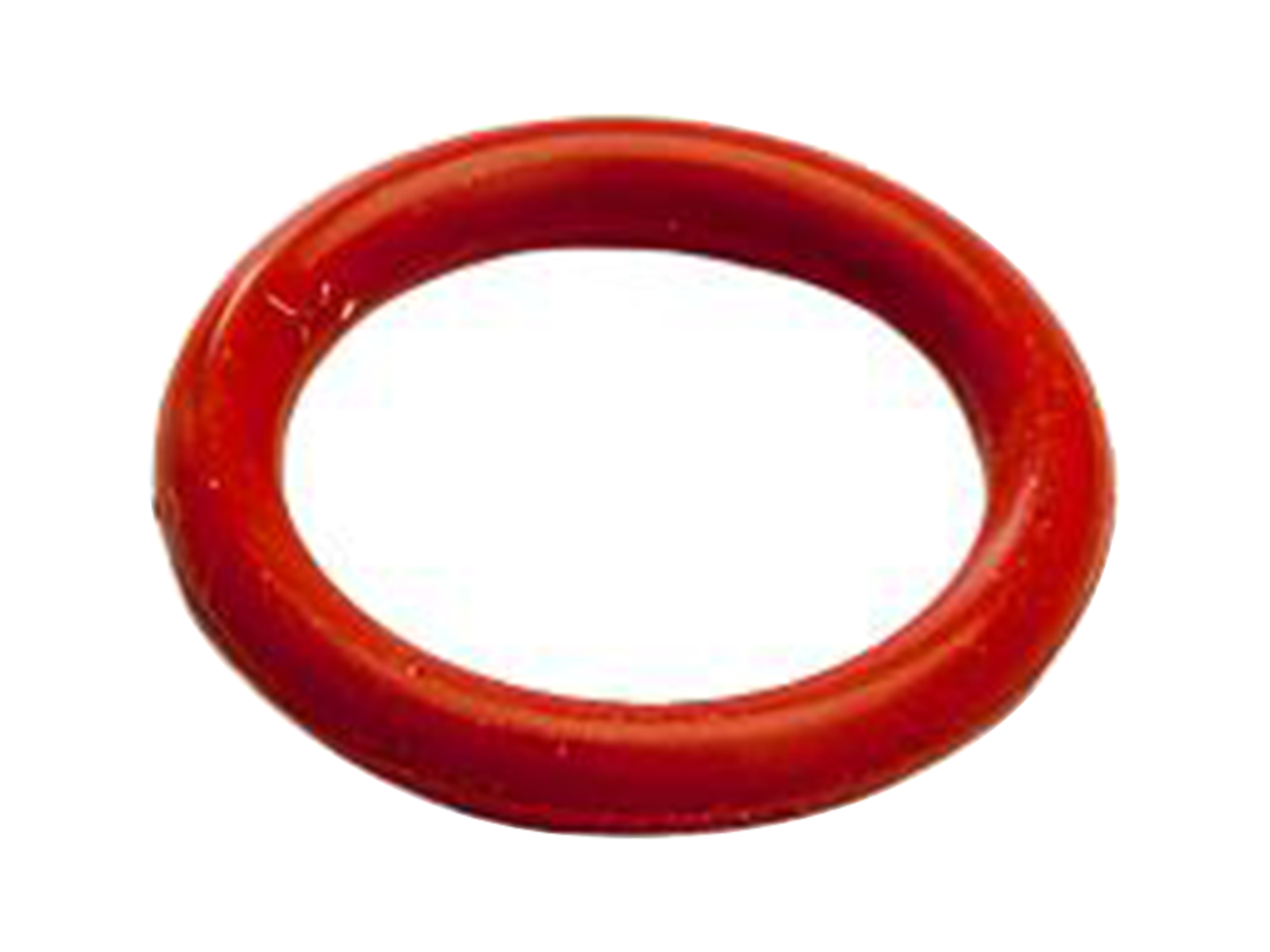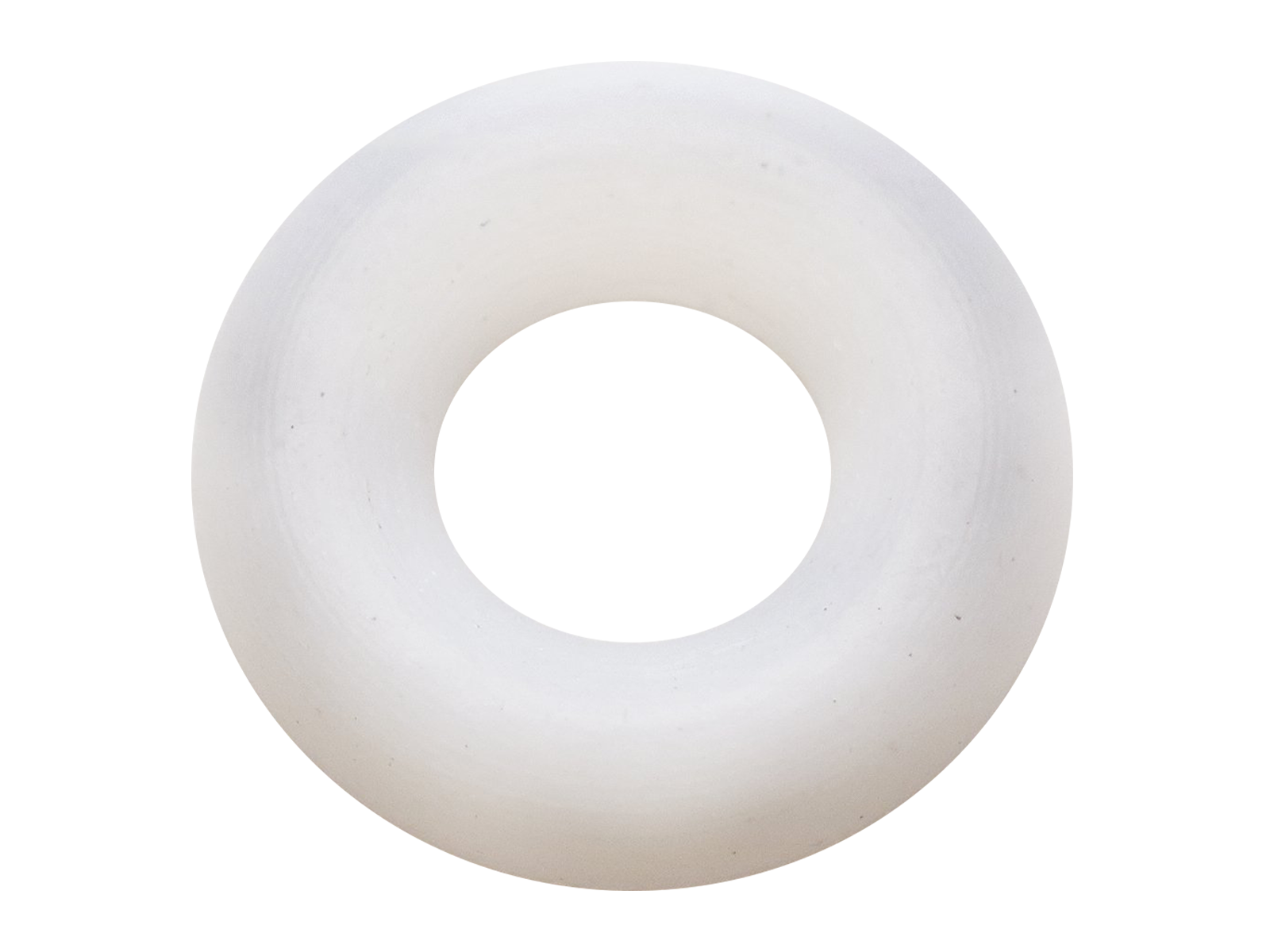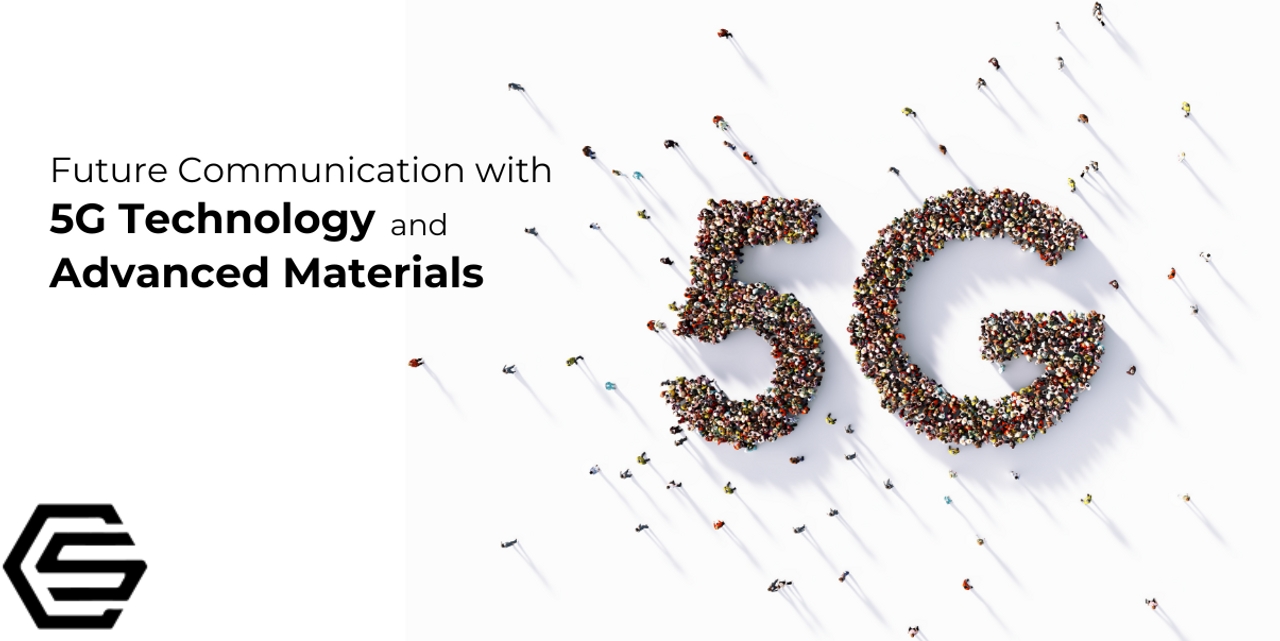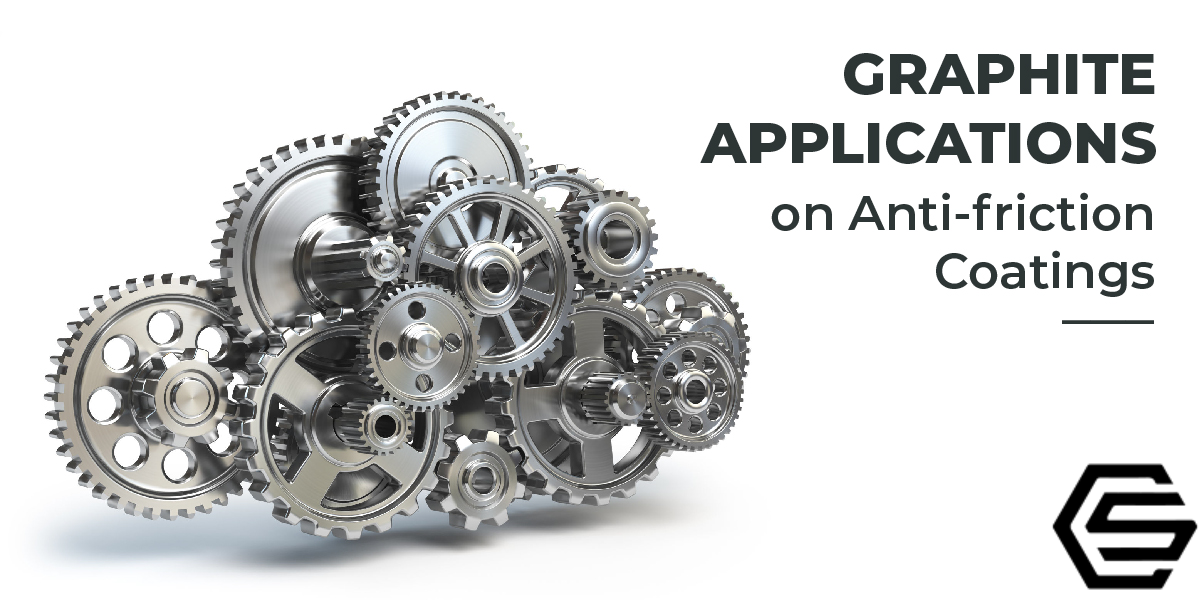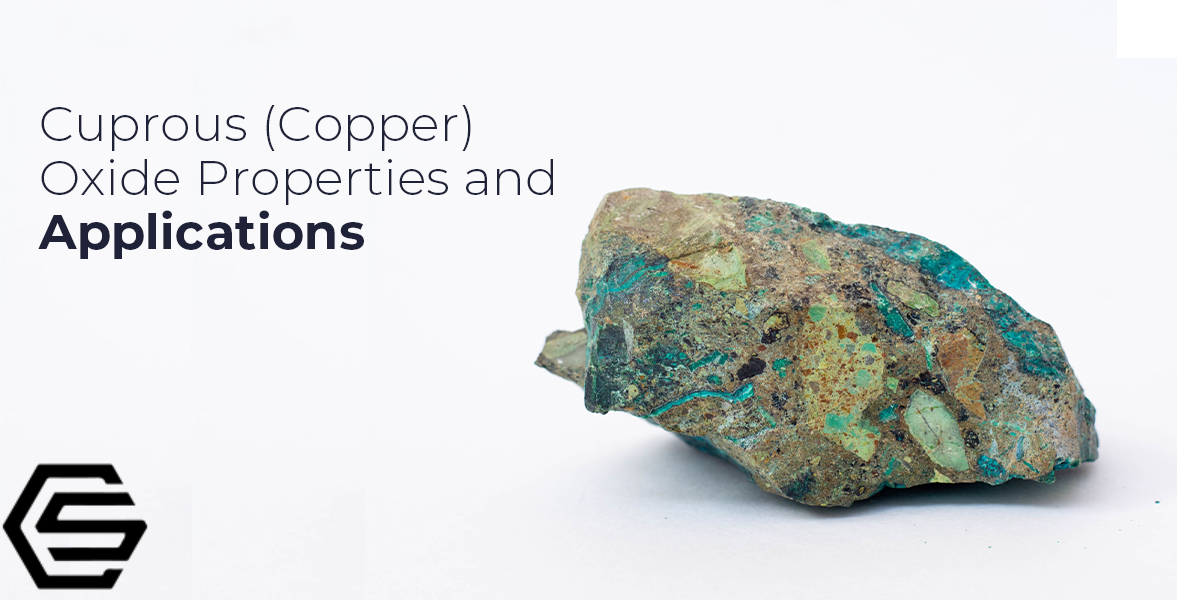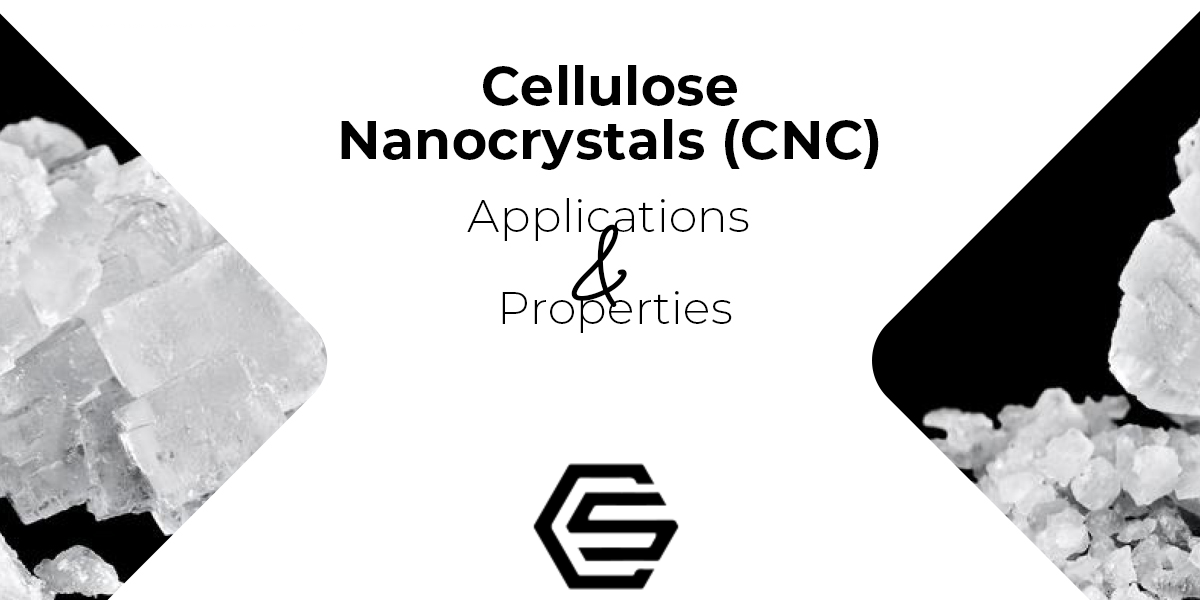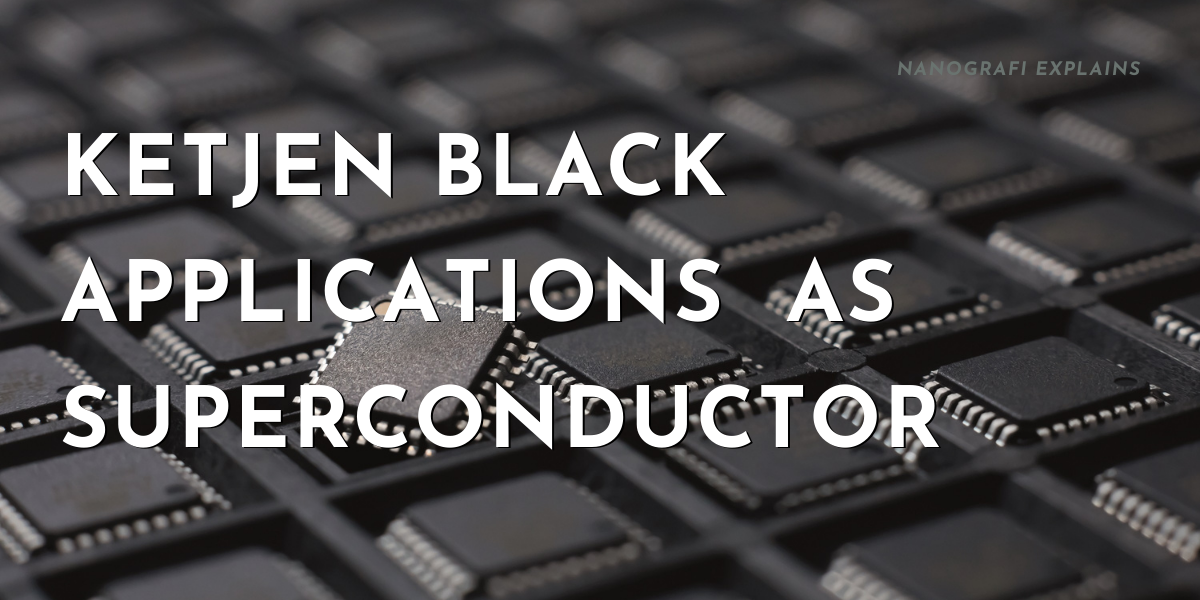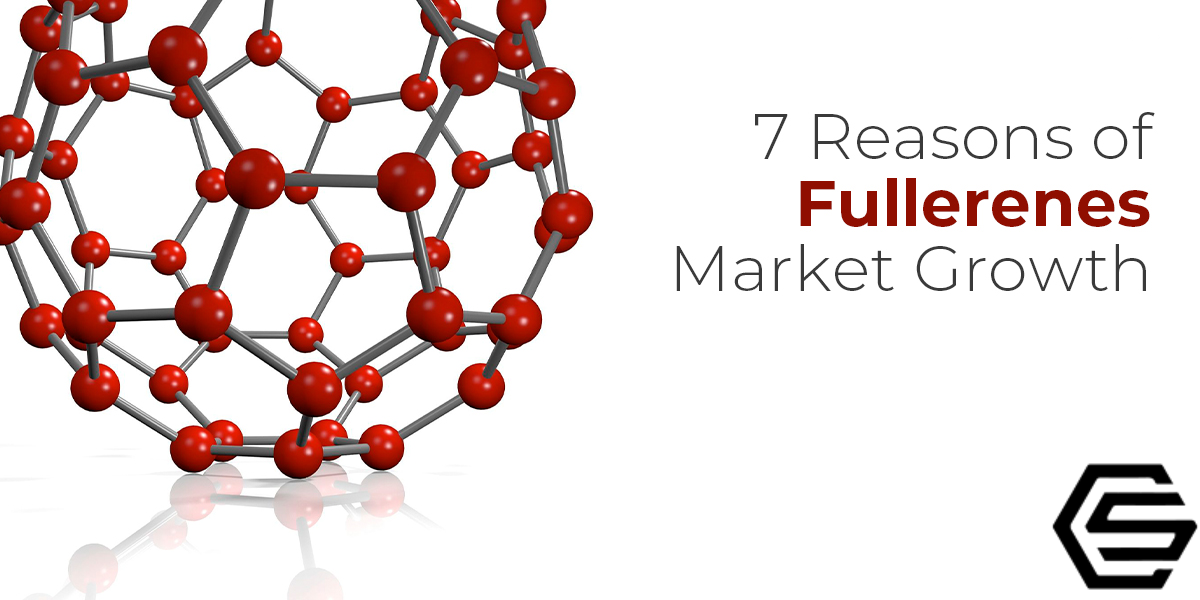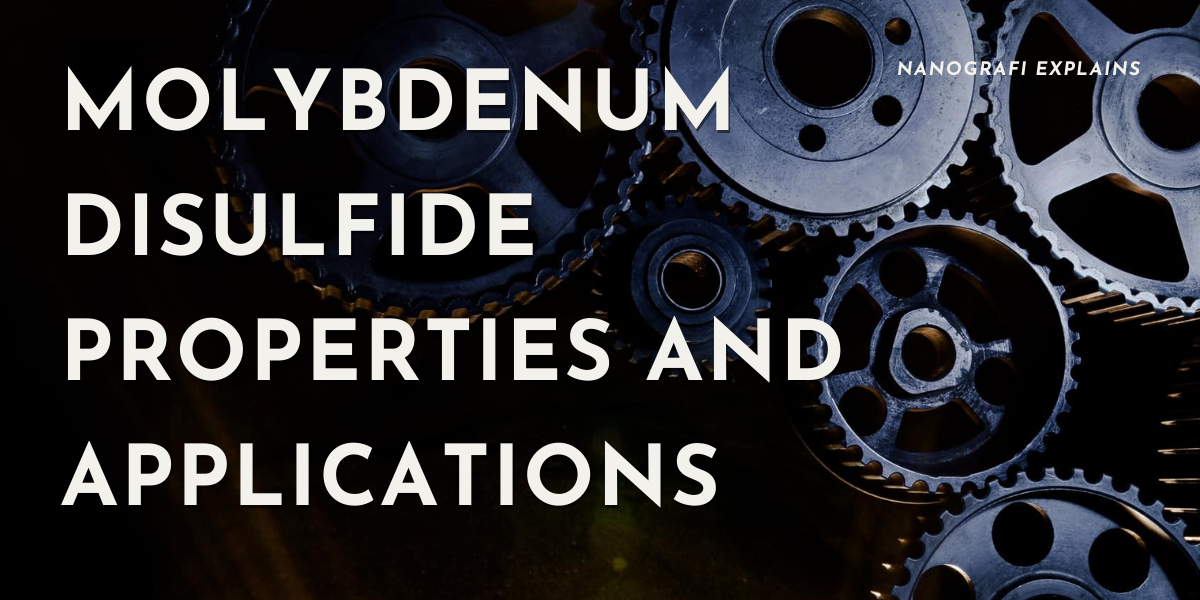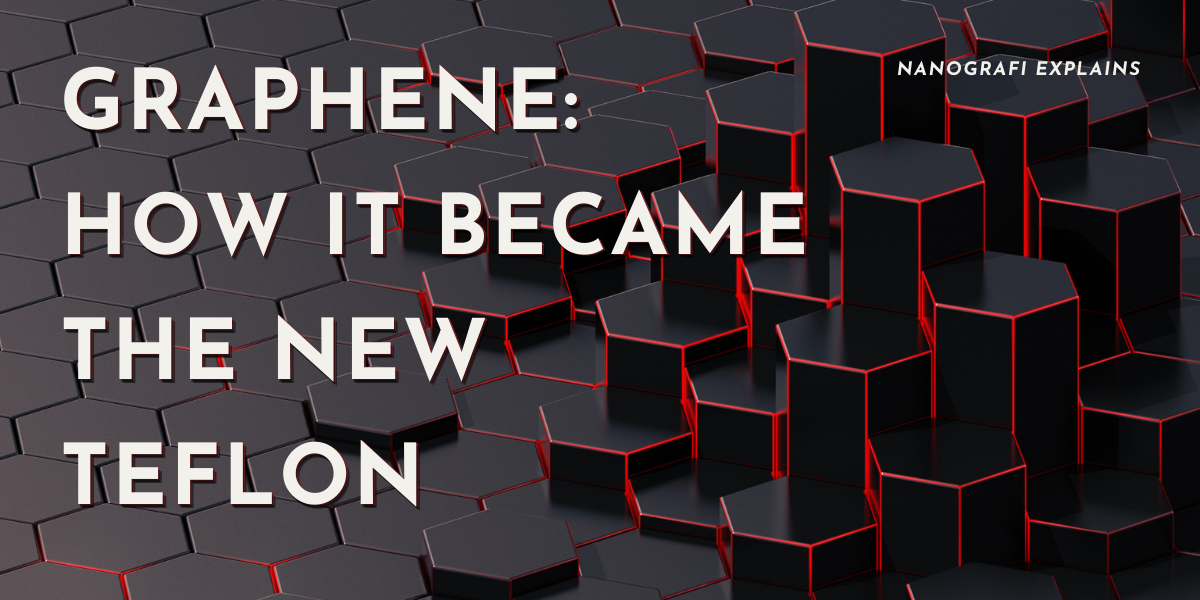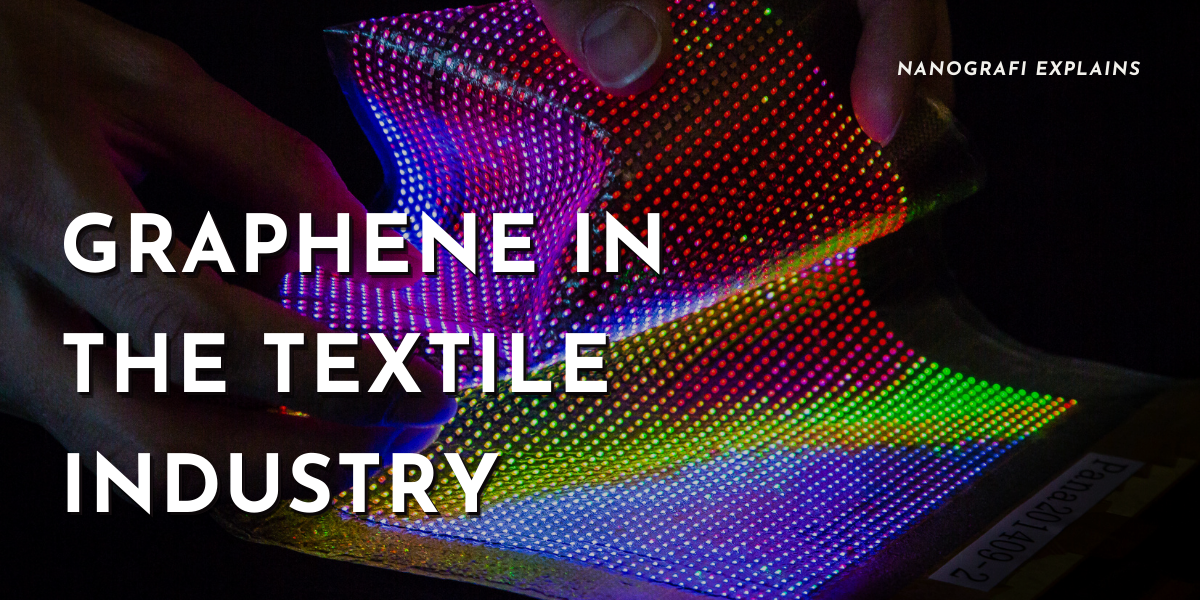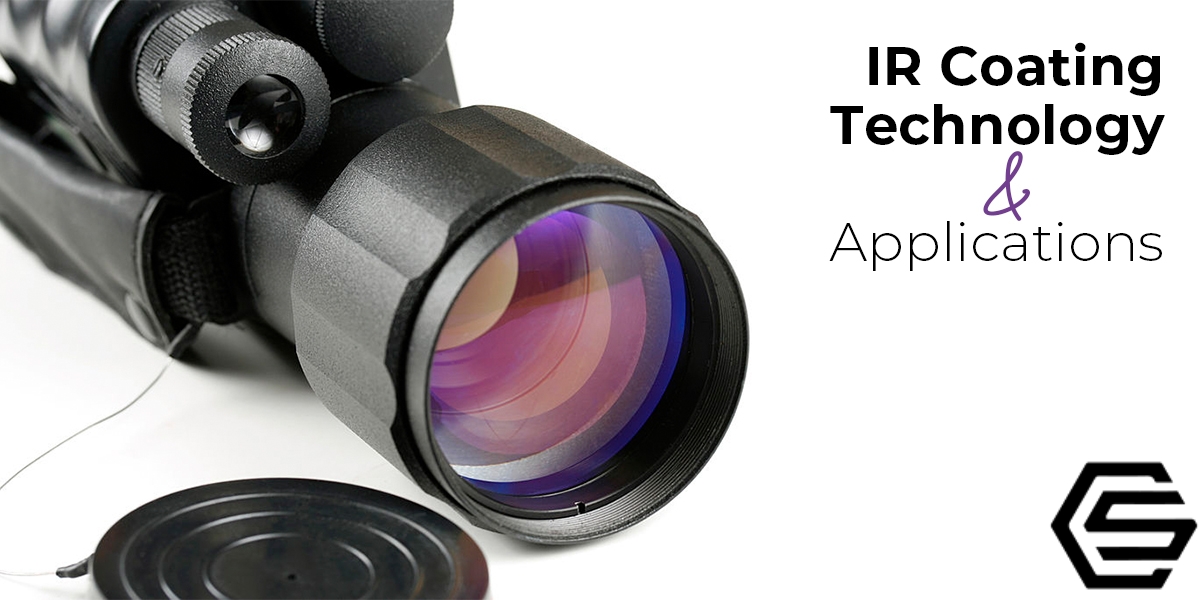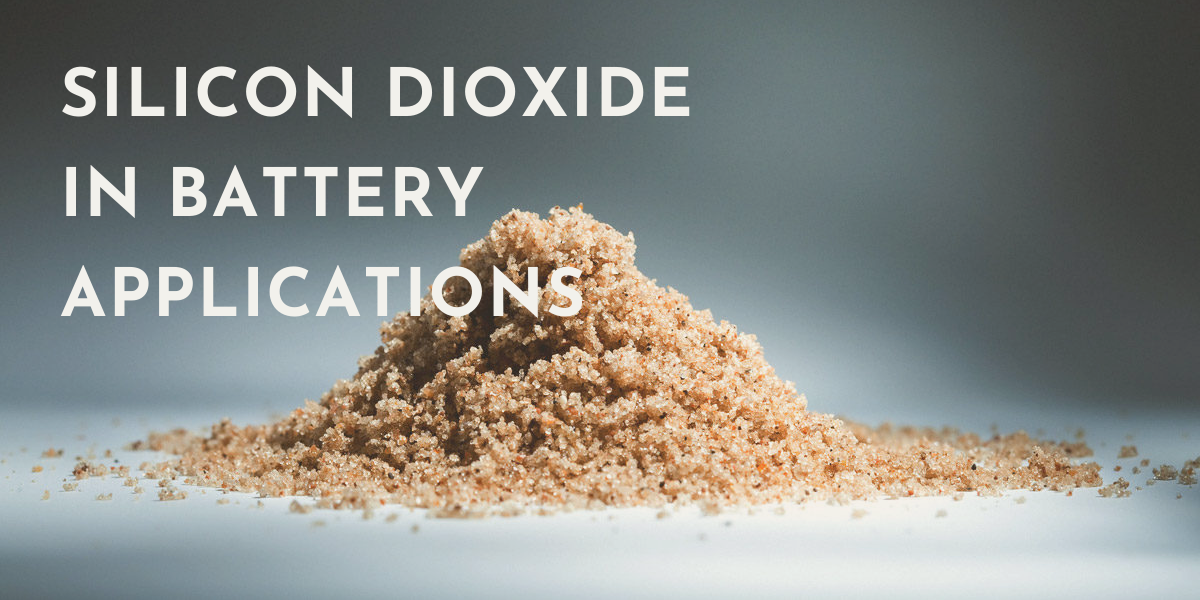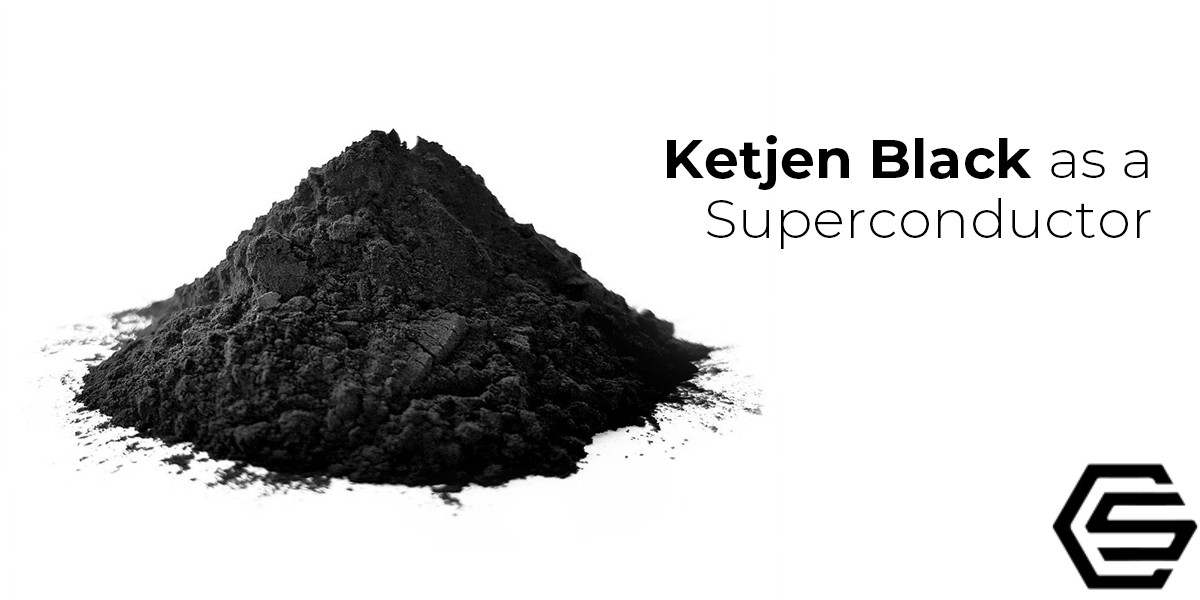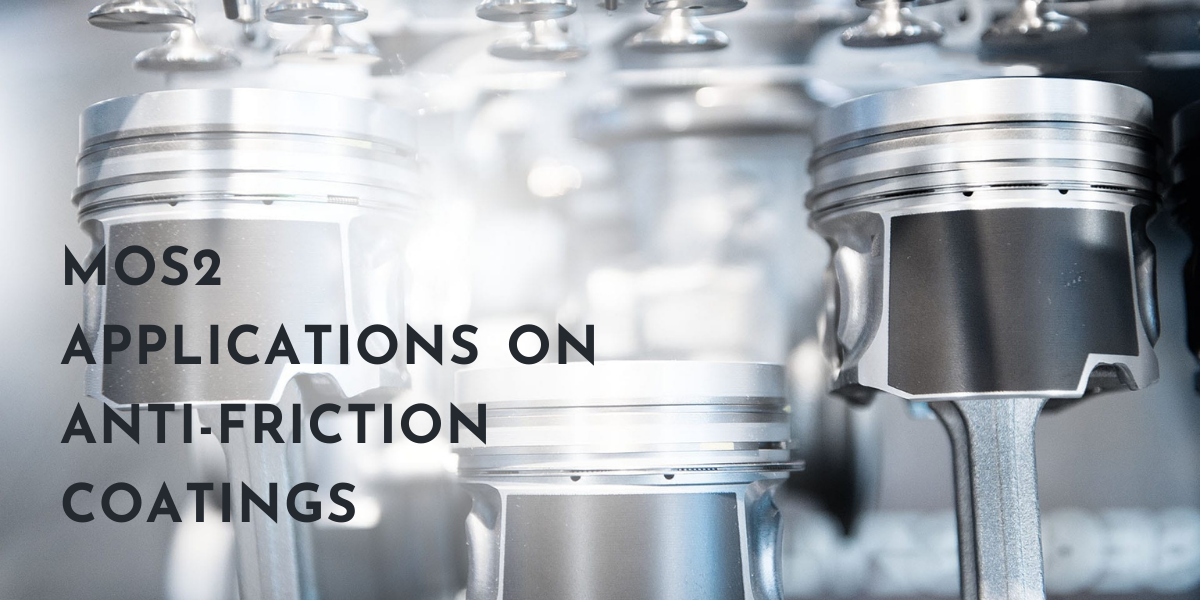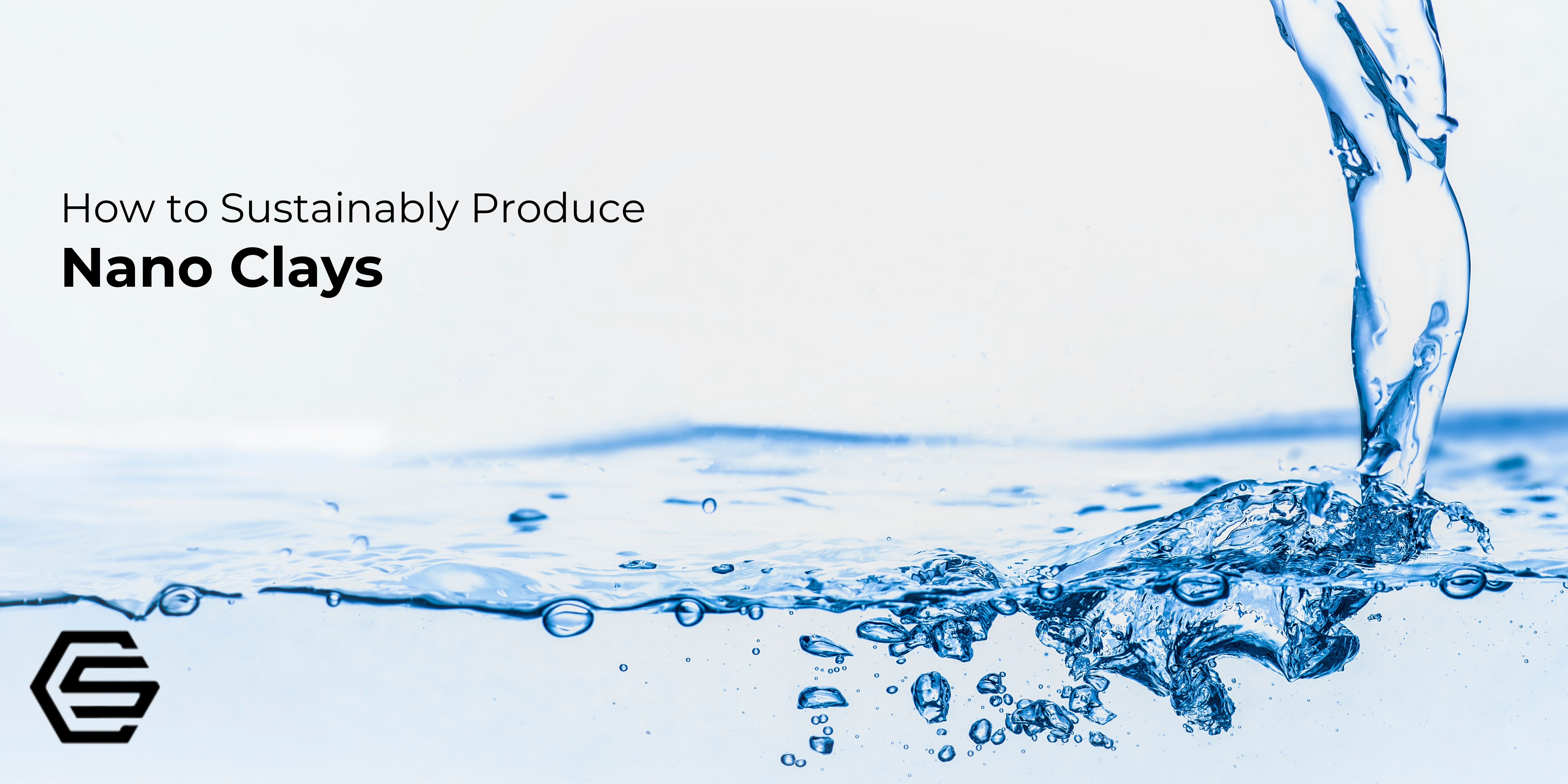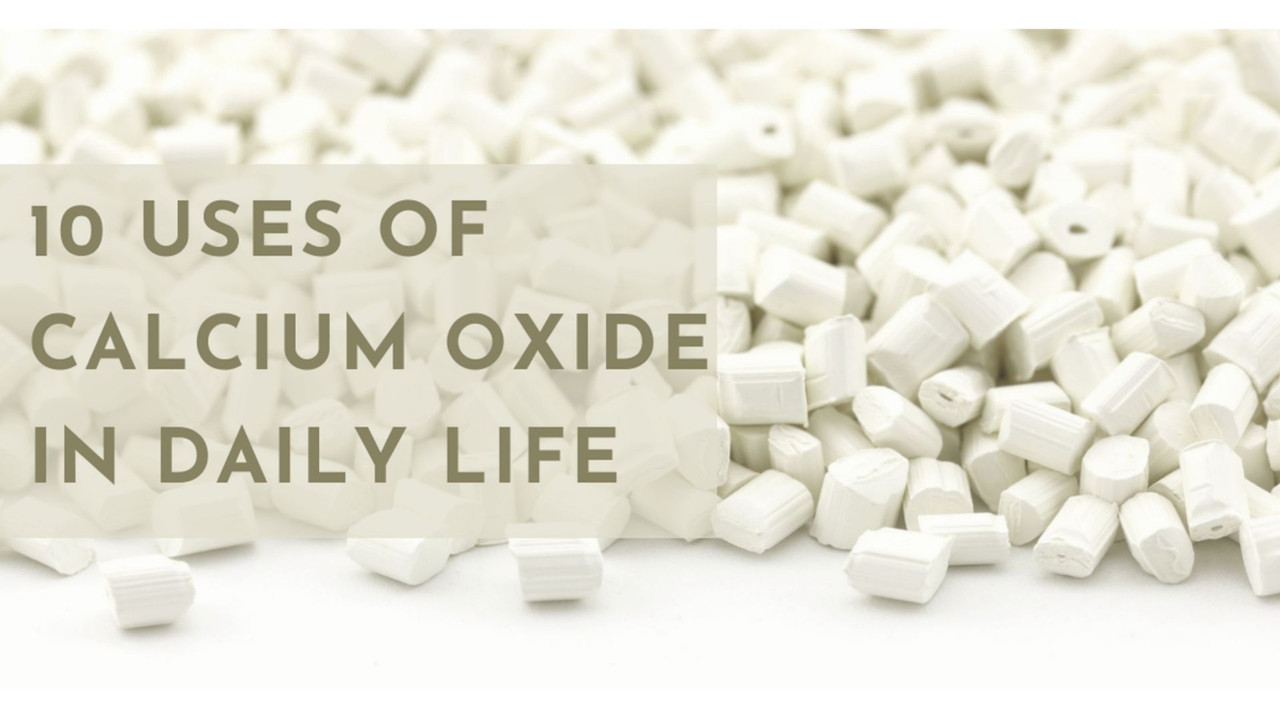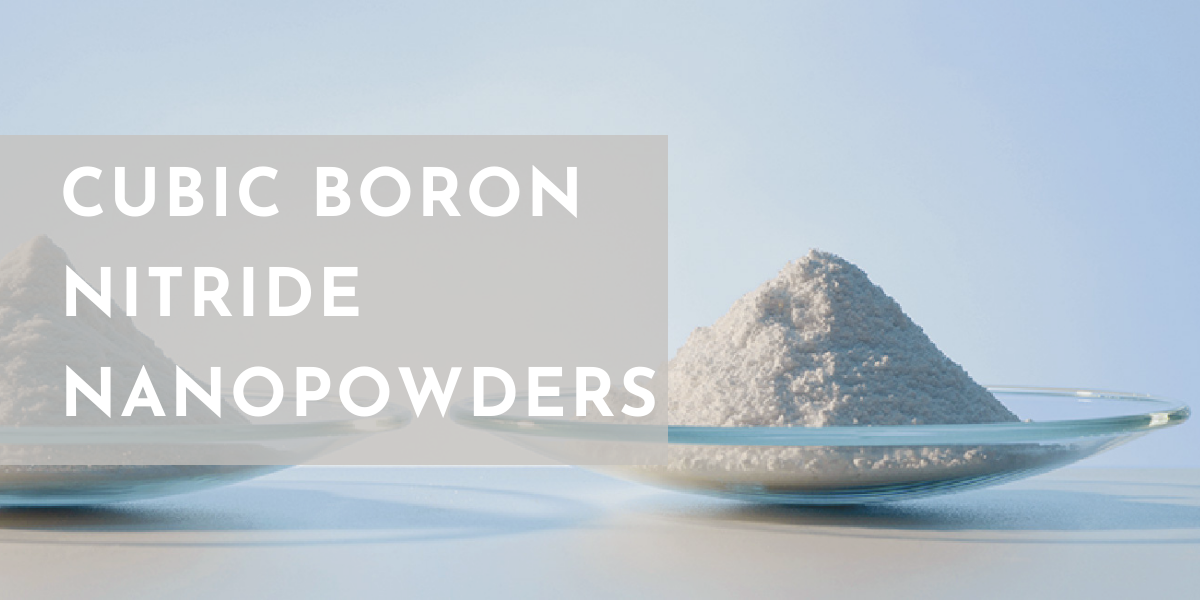Bottom Mount Front Contact Electrochemical H-Cell
Buy Redox.me products from NANOSSR at the best value.
This is a stationary solution double compartment electrochemical H-Cell for measurements of a thin film deposited on a flat substrate of a specific size (variants A, B, C or D). The sample (working electrode) is placed on the piston and loaded from the bottom via screw mount, while counter and reference electrodes are mounted in a top casing (either 2-, or 3-electrode setup). The counter electrode is placed in a compartment separated from the other electrodes by ion-exchange membrane (19 mm to 25 mm dia.), so the electrochemical products appearing at working and counter electrode do not affect the opposite electrode. The counter electrode compartment is equipped with a separate inlet and outlet for easy filling with an electrolyte and evacuation of gaseous products. It can accommodate standard Metal Wire Auxiliary Electrode as well as square shape electrodes with sizes up to 25 mm x 25 mm. After the cell is assembled, the sample is sealed in the cell using the clam screw. Customization for other substrate sizes is available on request.
The cell elements are constructed with materials that are inert to the sample (glass and PEEK). It well fits aqueous (FKM/EPDM O-Rings) and organic solvent (FFKM O-Rings) electrolyte requirements. The construction is gas-tight and can be used when the removal and exclusion of contaminants such as oxygen and water is required by bubbling of an inert gas through the electrolyte.
Application note:
The reference electrode tip should be placed close to the bottom of the chamber, where the working electrode is exposed to the electrolyte. This will ensure a negligible potential drop throughout the electrolyte solution for low-current experiment. Various auxiliary electrodes are suitable for this cell including metal wire and metal foil/mesh/foam electrodes as well as graphite rod. The bubbling of gas through the solution must be stopped prior to experiment.
Specification:
sample size:
(A) 5x5 mm2,
(B) 7x7 mm2,
(C) 10x10 mm2,
(D) 15x15 mm2
acceptable sample size accuracy: +0.1 mm, -0.5 mm
nominal exposure area:
(A) 0.07 cm2,
(B) 0.2 cm2,
(C) 0.5 cm2,
(D) 1.33 cm2
Minimum electrolyte volume: 30 mL
Maximum electrolyte volume: 40 mL
Minimum membrane diameter: 19 mm
Maximum membrane diameter: 25 mm
Maximum membrane thickness: 0.5 mm
Electrode plug diameter: 6 mm
Maximum sample thickness: 3 mm
Number of electrode slots: 3
Product Includes
1 x lid
1 x counter electrode compartment
1 x membrane holder
1 x glass chamber
1 x bottom casing
1 x sample screw mount
1 x piston
1 x clamp screw
2 x plug
1 x tantalum contact


